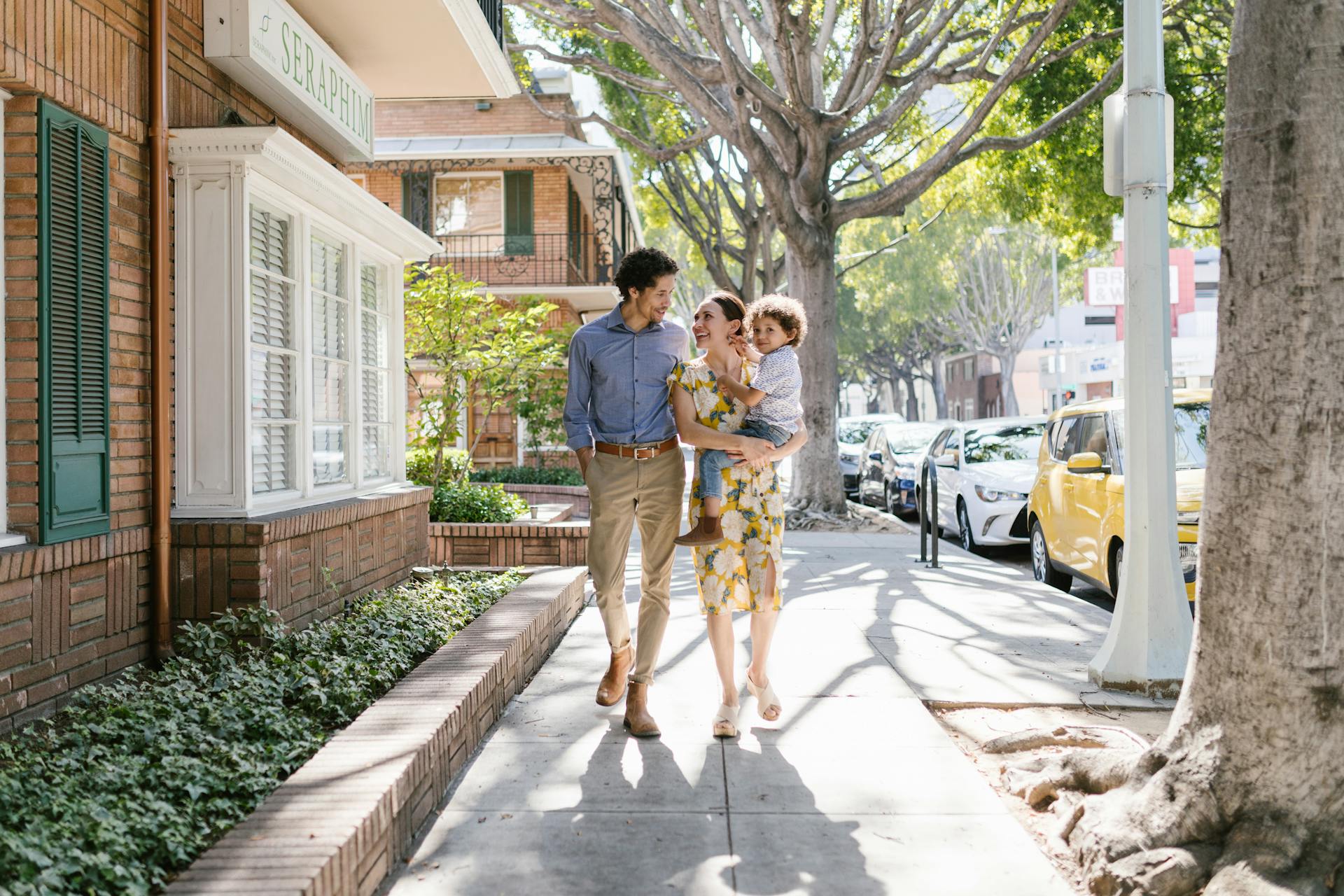When it comes to buying or selling a home, the listing price tells only part of the story. While square footage, upgrades, and curb appeal matter, savvy buyers and sellers know that a property’s surroundings can significantly impact its market value. In fact, neighborhood features often play a critical role in how a home is perceived—and how much it’s worth.
Here are five key neighborhood features that can boost (or break) a home’s value:
1. School Quality
Even for buyers without children, school districts can be a major selling point. Homes located in top-rated school zones tend to command higher prices and sell faster. A great school district not only reflects the quality of education but also indicates a stable, family-friendly environment that attracts long-term residents. Over time, this demand can drive up property values across the neighborhood.
2. Walkability and Local Amenities
Is there a coffee shop within a short stroll? A grocery store down the block? Parks and recreational paths nearby? The ability to walk to everyday conveniences adds significant value to a home. Walkable neighborhoods appeal to buyers who prioritize lifestyle and ease of access, which can translate into higher sale prices and lower time on market.
3. Noise Levels and Traffic Patterns
Peace and quiet matter more than you might think. Homes near busy intersections, highways, or train tracks may experience decreased value due to noise pollution and safety concerns. On the flip side, properties tucked away on quiet cul-de-sacs or low-traffic streets are often viewed as more desirable, particularly for families with young children.
4. Future Development Plans
Is a new shopping center being built nearby? Are there city plans to improve roads or add green space? Future development can either enhance or detract from a neighborhood’s appeal. While some projects can raise home values by bringing jobs, retail, and infrastructure improvements, others may bring congestion or alter the character of the area. Keeping an eye on city planning and zoning changes is essential for understanding long-term value.
5. Community Vibe and Safety
A sense of community can have a profound impact on a home’s desirability. Neighborhoods with active associations, local events, and strong community engagement tend to attract committed homeowners. Likewise, perceived safety—often based on local crime rates—can influence both buyer interest and resale value. Understandably, homes in low-crime areas tend to sell at a premium, while properties in neighborhoods with safety concerns may struggle to attract offers.
A beautiful home in a less-than-ideal neighborhood may not fetch top dollar, while a modest house in a thriving community can attract competitive offers. Whether you’re buying or selling, it’s important to look beyond the listing. Evaluate not just the home itself, but the lifestyle and long-term value offered by its surroundings.




